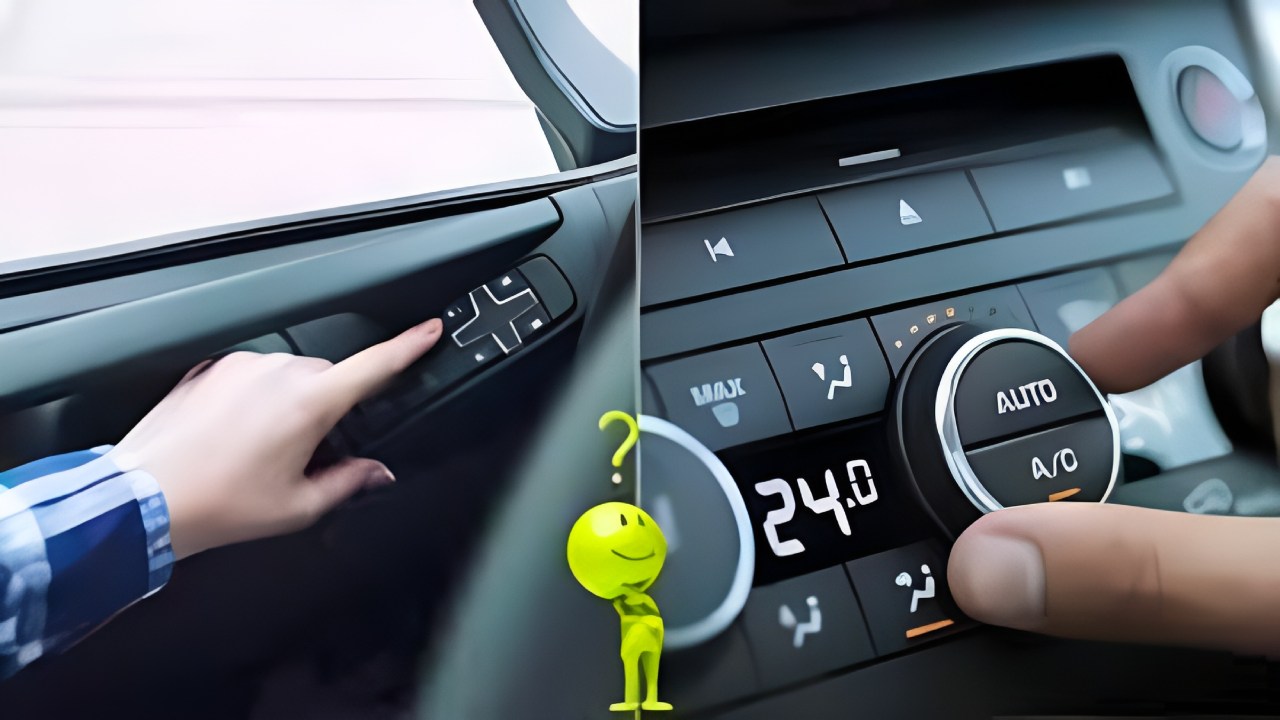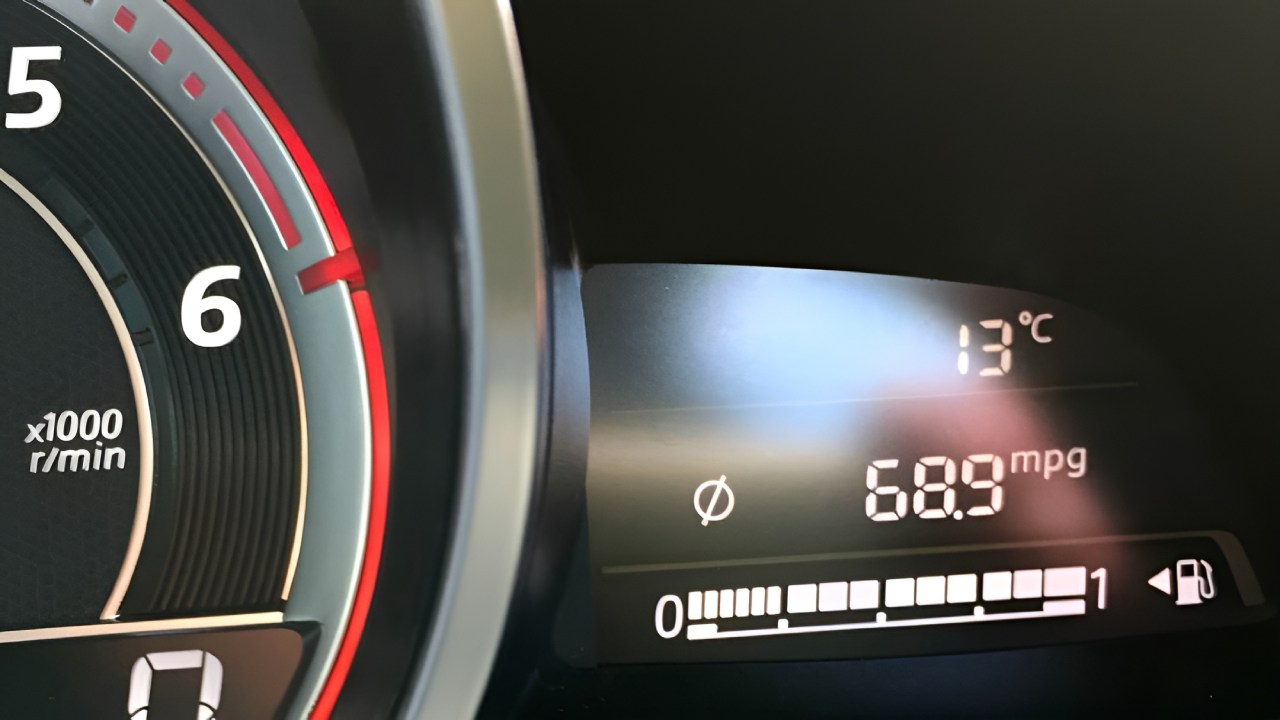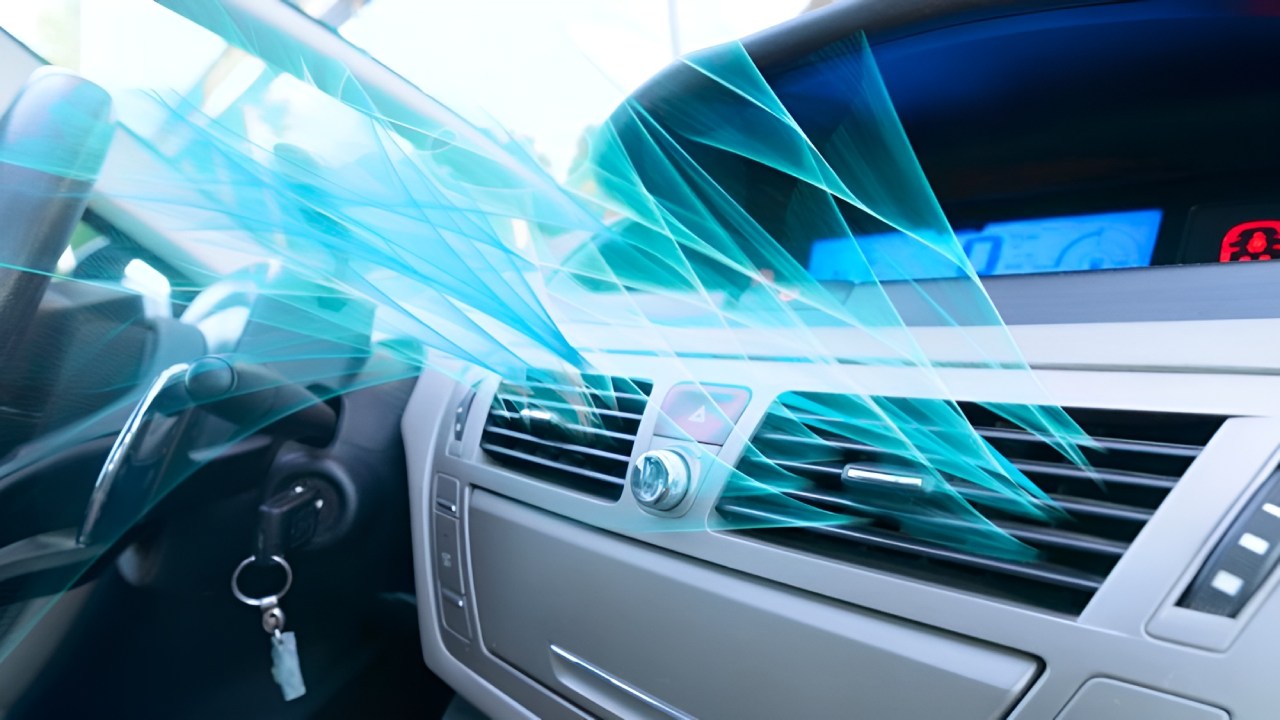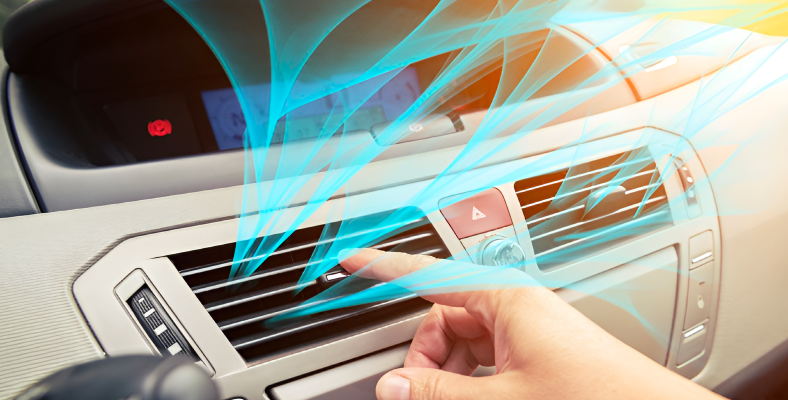Air conditioners are one of the first places we go to as soon as we get into the car in scorching summer heat or freezing cold. It feels good to cool off even a little bit with the cold air hitting our faces. Likewise, it would be very relaxing to warm our frozen hands within minutes.
So far there is no problem, but of course air conditioners do not burn water. In these times when fuel is quite expensive, The operation of the air conditioner consumes fuel It is quite annoying and pushes car owners to make calculations even more.
Alright How much fuel does air conditioners consume? And is it more economical to open the window or turn on the air conditioner?
Like most electronic equipment in automobiles, air conditioners obtain the energy they need from the fuel burned in the engine.
However, the use of air conditioning in the vehicle; age, speed, size, engine power and outside temperature. It affects fuel efficiency to different extents depending on the fuel consumption. For example, correct air conditioning use causes fuel consumption of 1-1.5 liters per 100 kilometers in diesel vehicles and 1-2 liters per 100 kilometers in gasoline vehicles.
Another question that comes to mind at this point is, is it more economical to open windows or use air conditioning?

The most decisive factor in this regard is is the speed of the vehicle. In fact, the correct use of the air conditioner comes into play at this point. It can be said that turning on the air conditioner is more economical than opening the windows when the driving speed is above 80 km/h.
Because opening the window at high speeds, It creates aerodynamic drag and further increases fuel consumption. In short, it is more economical to turn on the air conditioning during a fast drive than to open the windows. However, when stop-and-go traffic is heavy in the city, opening the window is, on the contrary, more reasonable in terms of fuel savings.
When it comes to fuel consumption, there are some differences between automatic and manual air conditioning.

Since air conditioning systems in automobiles directly affect fuel consumption, manufacturers offer different solutions in this regard. For example, developed as an alternative to traditional manual air conditioners computerized automatic air conditioning systems, It provides very efficient performance.
The difference between these two air conditioning systems is actually quite simple. Manual air conditioners control the temperature and speed of air pumped into the cabin, Represents manually adjusted air conditioning systems.
Today, most cars have a manual air conditioning system, but in some models, drivers are also offered an optional automatic air conditioning option.

Automatic air conditioning, which is a more advanced and computerized system, automatically adjusts the temperature inside the vehicle, as its name suggests. This system keeps the temperature inside the cabin at a constant level according to the outside air temperature. with the help of a series of sensors works.
Its effect on fuel consumption emerges at this point. In vehicles with manual air conditioning, drivers run the air conditioning at full power for a certain period of time to lower or increase the temperature. fuel consumption is high.
In automatic air conditioners, since the determined temperature is constantly maintained, they continue to operate at low power after the ideal temperature in the cabin is reached. This means that compared to manual air conditioners in fuel consumption, 25% more economical usage provides.
Our other fuel-related content:
RELATED NEWS
Which Color Car Will You Consume Less Fuel? Yes, Such a Thing is Possible!
RELATED NEWS
Why Do Planes Turn Many Times in the Air to Empty Their Fuel Tanks When They Have to Land Early?
RELATED NEWS
